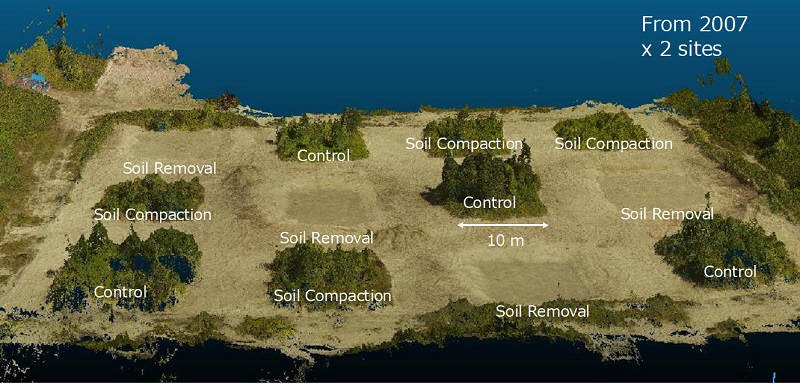2024-11-18 コロンビア大学
<関連情報>
- https://news.columbia.edu/news/columbia-professors-research-collaboration-shows-planets-can-form-under-harsh-radiation
- https://iopscience.iop.org/article/10.3847/1538-4357/ad84df
アルマ望遠鏡によるオリオン座原始惑星系円盤の高分解能観測 High-resolution ALMA Observations of Richly Structured Protoplanetary Disks in σ Orionis
Jane Huang, Megan Ansdell, Tilman Birnstiel, Ian Czekala, Feng Long, Jonathan Williams, Shangjia Zhang, and Zhaohuan Zhu
The Astrophysical Journal Published: 2024 November 18
DOI:10.3847/1538-4357/ad84df

Abstract
The Atacama Large Millimeter/submillimeter Array (ALMA) has detected substructures in numerous protoplanetary disks at radii from a few to over 100 au. These substructures are commonly thought to be associated with planet formation, either by serving as sites fostering planetesimal formation or by arising as a consequence of planet–disk interactions. Our current understanding of substructures, though, is primarily based on observations of nearby star-forming regions with mild UV environments, whereas stars are typically born in much harsher UV environments, which may inhibit planet formation in the outer disk through external photoevaporation. We present high-resolution (∼8 au) ALMA 1.3 mm continuum images of eight disks in σ Orionis, a cluster irradiated by an O9.5 star. Gaps and rings are resolved in the images of five disks. The most striking of these is SO 1274, which features five gaps that appear to be arranged nearly in a resonant chain. In addition, we infer the presence of gap or shoulder-like structures in the other three disks through visibility modeling. These observations indicate that substructures robustly form and survive at semimajor axes of several tens of au or less in disks exposed to intermediate levels of external UV radiation as well as in compact disks. However, our observations also suggest that disks in σ Orionis are mostly small, and thus millimeter continuum gaps beyond a disk radius of 50 au are rare in this region, possibly due to either external photoevaporation or age effects.



